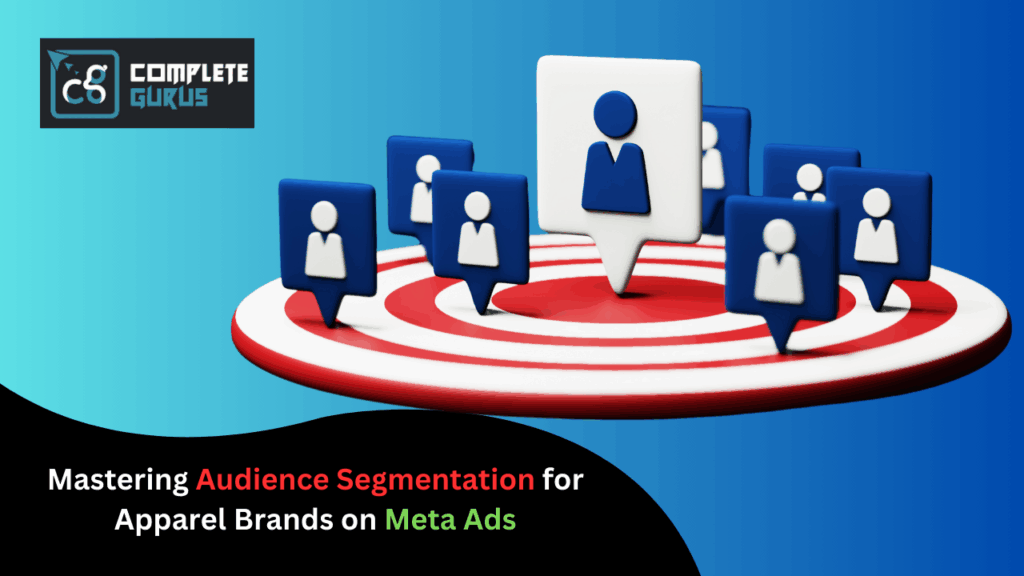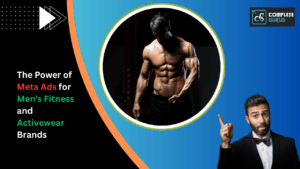The fashion industry is highly competitive, making it essential for apparel brands to run highly targeted and strategic ad campaigns. Meta Ads (Facebook and Instagram Ads) offer powerful audience segmentation tools that allow businesses to reach the right people at the right time.
But how do you segment your audience effectively to maximize your return on ad spend (ROAS)? In this guide, we’ll explore advanced audience segmentation strategies for apparel brands, helping you optimize your Meta Ads campaigns for better engagement, conversions, and sales.
Why Audience Segmentation Matters for Apparel Brands
Audience segmentation involves dividing your potential customers into specific groups based on characteristics such as demographics, interests, and behaviors. For apparel brands, proper segmentation can:
✅ Increase engagement by showing relevant ads to the right audience
✅ Improve conversion rates by targeting shoppers based on intent
✅ Reduce wasted ad spend by eliminating unqualified traffic
✅ Enhance personalization for a better customer experience
By mastering audience segmentation, you can create high-performing Meta Ads that drive real business results.
If you need expert assistance with Meta Ads, you can hire a digital marketer to optimize your campaigns and maximize your ROI.
Understanding Meta Ads Audience Targeting Options
Meta Ads offer multiple targeting options that allow apparel brands to refine their audience segmentation. Let’s break them down:
1. Core Audiences (Demographic & Interest-Based Targeting)
Meta allows advertisers to target users based on:
🔹 Age & Gender – If you sell women’s handbags, you can target women aged 18-45.
🔹 Location – Target users based on specific cities, states, or countries.
🔹 Interests – Reach users who are interested in fashion, shopping, or luxury brands.
🔹 Behaviors – Target users who frequently shop online or engage with fashion content.
2. Custom Audiences (Retargeting Users Who Know Your Brand)
Custom Audiences let you target users who have already interacted with your brand. This includes:
✅ Website visitors (e.g., users who viewed a product but didn’t purchase)
✅ Social media engagement (users who liked, commented, or shared your posts)
✅ Email lists (existing customers or newsletter subscribers)
If your website isn’t optimized for tracking user behavior, consider working with a developer to improve your tracking and analytics setup.
3. Lookalike Audiences (Finding New Customers Similar to Your Best Ones)
Lookalike Audiences allow you to reach new potential customers by targeting people similar to your existing buyers. This is one of the most effective ways to scale your Meta Ads campaigns.
💡 Pro Tip: Start with a 1% Lookalike Audience for higher similarity and then expand to 2-5% for broader reach.
How to Segment Audiences for Apparel Brands on Meta Ads
Now that you understand the targeting options, let’s dive into specific audience segmentation strategies tailored for apparel brands.
1. Segmentation Based on Purchase Intent
💎 High-Intent Shoppers: Users who have added items to their cart but haven’t checked out.
🎯 Targeting Strategy: Retarget these users with dynamic ads showing the exact products they viewed.
🛍 Casual Browsers: Users who visited your website but didn’t take any major action.
🎯 Targeting Strategy: Show them engaging lifestyle ads featuring your best-selling products.
Using Google Shopping Ads to Showcase Your Apparel Products in Style
 2. Segmenting by Product Categories
2. Segmenting by Product Categories
For brands with diverse product offerings, segmenting by product type can help optimize your ad campaigns.
👕 Casual Wear Buyers – Target users interested in streetwear, everyday outfits, and activewear.
👗 Luxury & Occasion Wear Buyers – Target users who engage with luxury fashion, high-end brands, or wedding dresses.
Ad Strategy: Create unique ad creatives and messaging for each category.
3. Segmenting by Seasonal Shopping Trends
Fashion shoppers behave differently based on the season.
❄️ Winter Apparel Shoppers – Promote jackets, boots, and sweaters during colder months.
☀️ Summer Fashion Enthusiasts – Target users looking for swimsuits, sunglasses, and light clothing.
💡 Tip: Adjust your audience segments based on seasonal demand and trends.
4. Segmenting by Customer Lifetime Value (CLV)
Loyal customers are more valuable than one-time buyers.
👑 High-Value Customers: People who have purchased multiple times.
🎯 Targeting Strategy: Offer them exclusive VIP deals, early access to new collections, or loyalty discounts.
🔄 One-Time Buyers: Users who purchased once but never returned.
🎯 Targeting Strategy: Retarget them with special promotions or personalized product recommendations.
Optimizing Your Meta Ads Campaigns for Apparel Brands
1. A/B Testing Different Audience Segments
To find the most profitable segments, test different targeting options by running A/B tests. Try variations in:
- Interests (e.g., fashion vs. streetwear vs. luxury brands)
- Lookalike audience percentages (1% vs. 3% vs. 5%)
- Ad formats (carousel vs. video vs. static images)
2. Using Dynamic Product Ads (DPA)
Dynamic Product Ads automatically show products that users have viewed or added to their cart. These ads are excellent for retargeting and driving conversions.
3. Leveraging User-Generated Content (UGC)
Authenticity sells in fashion! Encourage customers to share photos wearing your products and use these images in your ads.
4. Monitoring Key Performance Metrics
Track these KPIs to evaluate your segmentation success:
📊 Click-Through Rate (CTR) – Measures ad engagement.
💰 Return on Ad Spend (ROAS) – Indicates campaign profitability.
🎯 Conversion Rate – Measures how many users take action after clicking your ad.
If you need help analyzing your ad data, our team of digital marketers can guide you.
How Clothing Brands Can Use Google Ads to Dominate the Online Fashion Market
Common Mistakes to Avoid in Audience Segmentation
🚫 Over-Segmenting Audiences: Too many narrow segments can lead to limited reach and higher costs.
🚫 Ignoring Audience Exclusions: Exclude users who already converted to avoid wasting ad spend.
🚫 Using the Same Ad Creatives for All Segments: Tailor ad visuals and messaging for each segment.
Final Thoughts: Elevate Your Apparel Brand with Smart Audience Segmentation
Mastering audience segmentation on Meta Ads is the key to running profitable campaigns for apparel brands. By identifying the right audience groups, personalizing ad creatives, and continuously optimizing based on data, you can significantly improve your ad performance and ROI.
If you need expert guidance, you can contact us to get tailored advertising strategies for your brand. Whether you need help with Meta Ads, hiring a designer, or scaling your business, we’ve got you covered.
Start segmenting your audiences the right way, and watch your apparel brand thrive on Meta Ads! 🚀

I am Ashutosh – a seasoned digital marketer, bringing digital transformation to businesses, complementing businesses’ growth via generating qualified leads, drive site inbound traffic via organic and inorganic approach, & build their brands through useful, well-designed marketing strategies and Marketing Automation implementation via Chat GPT, HubSpot & Zoho.







